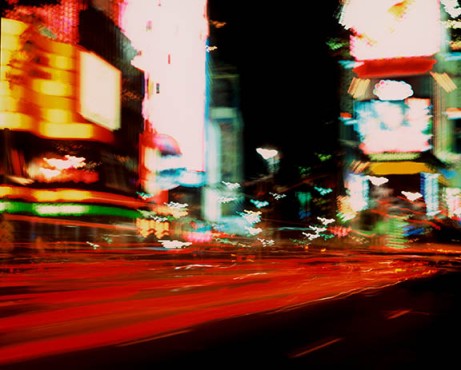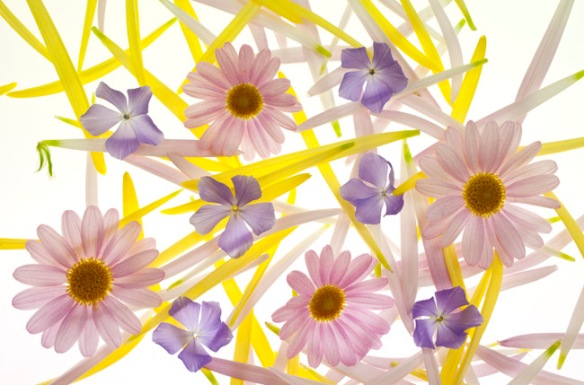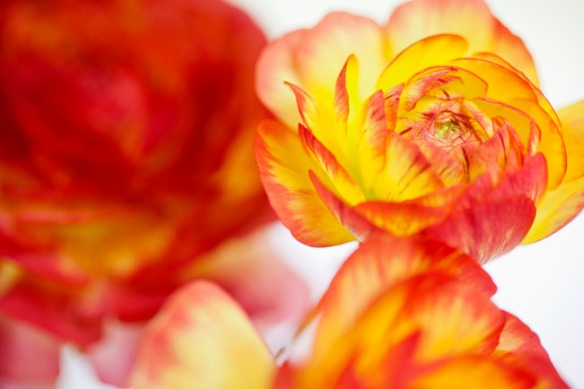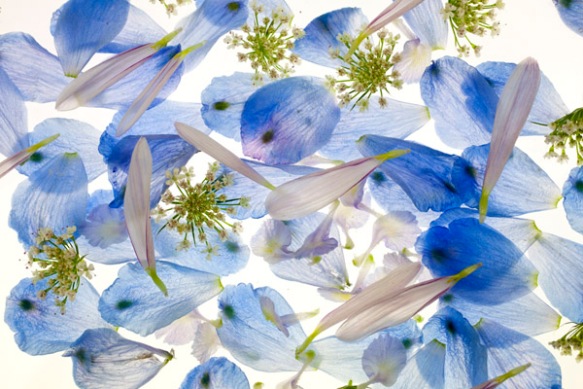Brad Rickerby Workshop #1
For more information, please contact me at brad@bradrickerby.com.
Shooting City Night Skylines – New York City

Images created from shooting under the Brooklyn Bridge
Date: Thursday August 15, 2013
Time: From 6:30 to 9:30 ish PM.
Location: Under the Brooklyn Bridge
Size: Limited to six (6) participants.
Cost: $125, payable in advance by Paypal (see link below).
For all levels from beginner to advanced. The workshop will emphasize individual attention and creativity. It will cover the essential basics, such as exposure compensation for low light shooting, composing to create drama and the like. The workshop will also discuss and demonstrate several advanced techniques that are unique to shooting skylines at night.
The Workshop is limited in size to six participants so there will be ample individual attention.
The best time to shoot starts at around dusk. Starting at around 6:30 PM, I will give a presentation and take questions. Around 7:15 to 7:30 set up starts and you should be ready to shoot by 8:00, when the lights starts getting to its best. Shooting will continue for as long as you want (I will leave, however, at 10:00 PM).
You will need to have a working knowledge of your camera and a tripod is strongly recommended. Apart from that you need need to bring is a desire to create great images.

More images created from under the Brooklyn Bridge














